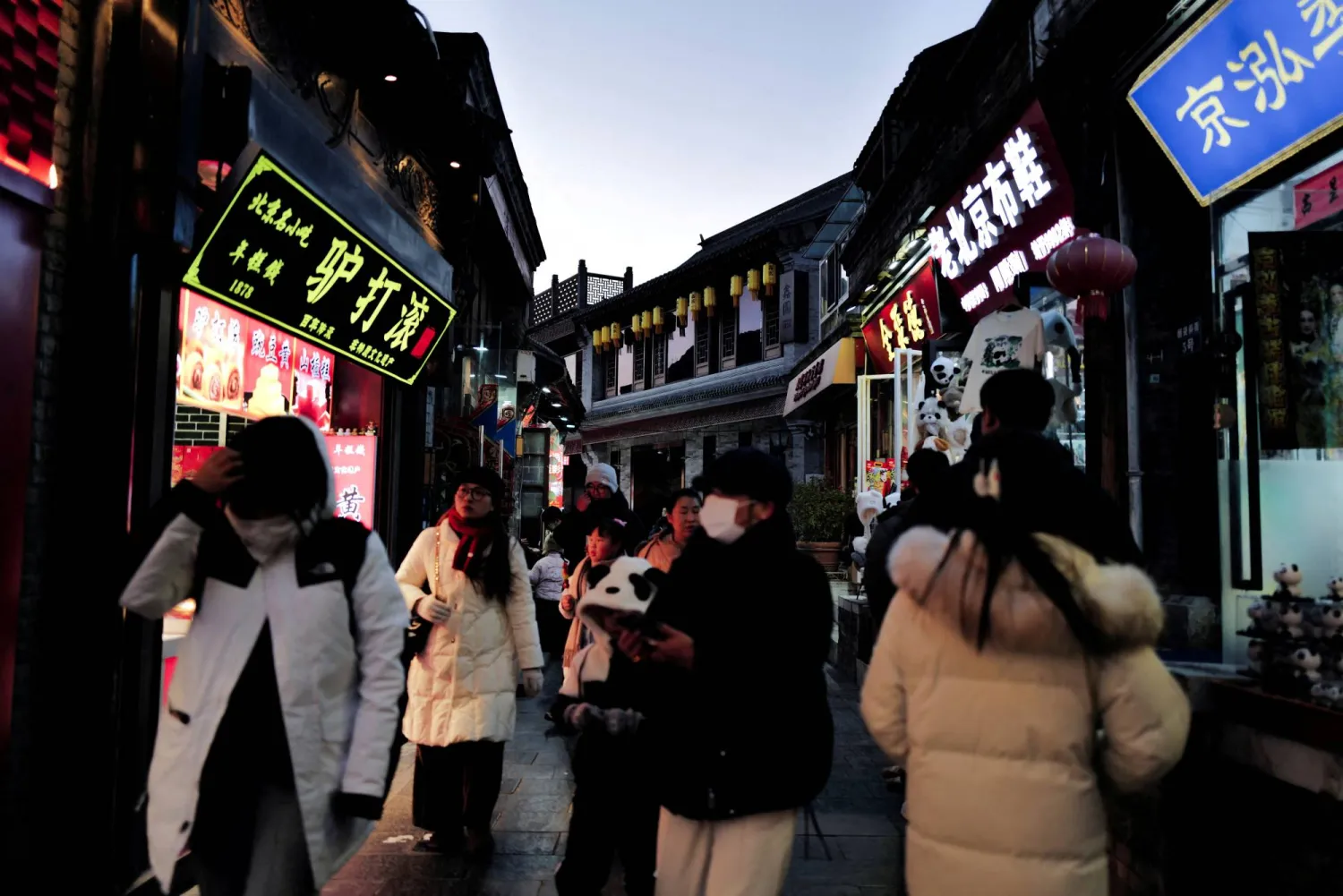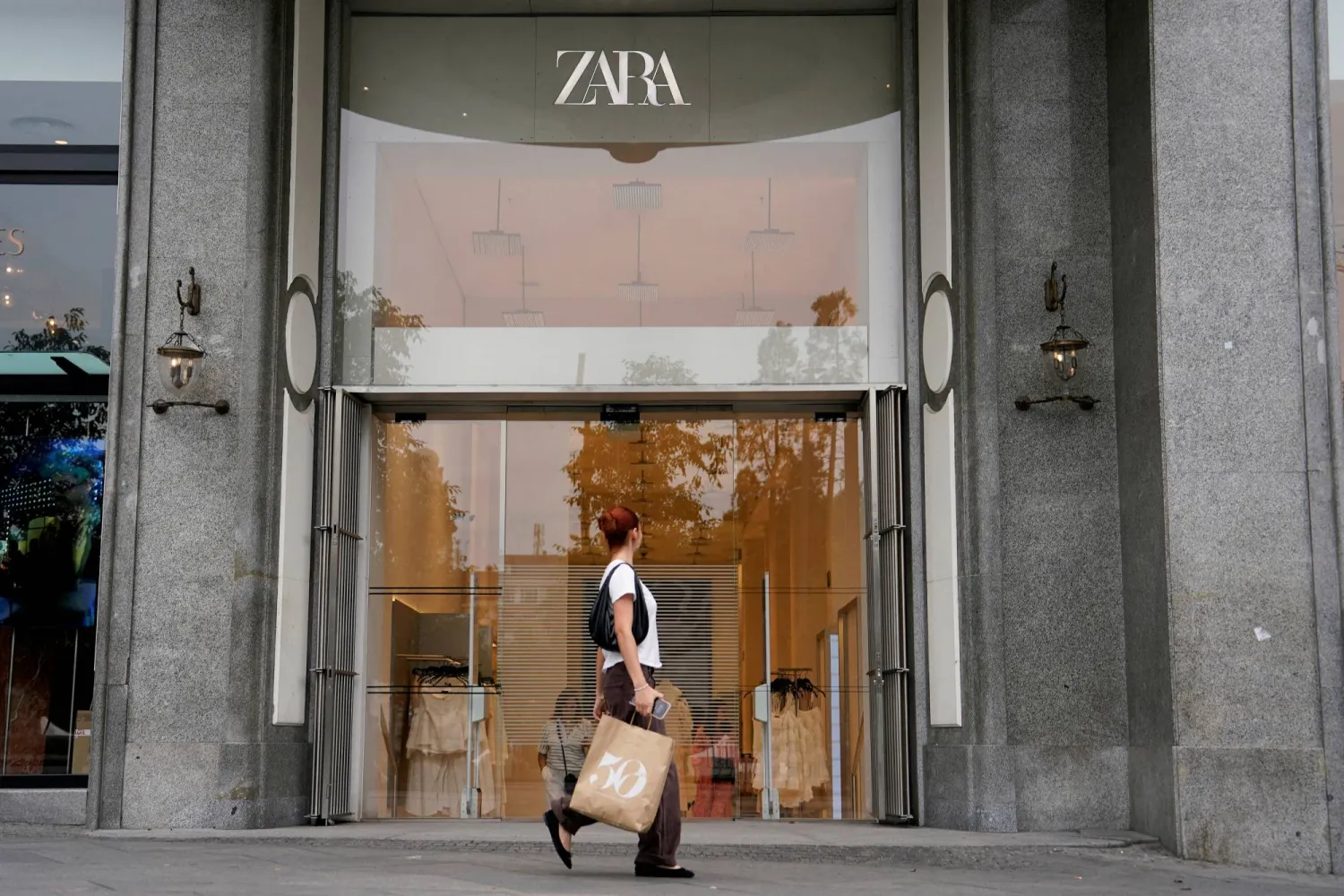Zara owner Inditex reported on Wednesday stronger recent sales of its first autumn-winter collections after posting a slowdown in sales growth in the first half of the year that was in line with analysts' expectations.
The fashion giant said its sales between Aug. 1 and Sept. 8 saw an 11% boost in constant currency compared with a year ago. In the first half, sales growth had slowed to 7.2% from 13.5% in the same period the prior year.
The world's biggest listed fashion retailer reported a 10% rise in first-half profit amid tougher times for fashion retailers in Europe, partly due to a wet and cold June in its biggest market, Spain. Despite those headwinds, Inditex posted net income of 2.8 billion euros ($3.09 billion) and sales of 18.1 billion euros in its first half ending in July.
Analysts polled by LSEG had expected a profit of 2.77 billion euros based on 18 billion euros in sales.
The company reported a gross margin of 58.3% for the period. Analysts from HSBC, RBC, JPMorgan and Bestinver had forecast Zara's sales growth would rebound into the double digits in the first five weeks of its third quarter beginning in August after the poor weather in June dashed Zara's initial expectations of a bumper second quarter.
The fashion company has fought to stay ahead of competitors such as H&M and fast-growing Chinese rival Shein by investing in logistics and technology to deliver fashion trends faster and making an effort to minimize price increases on everyday items.
Zara hiked prices more slowly than in the past in the second quarter and less than H&M in the United States, its second-biggest market, according to retail analytics firm EDITED.
Prices for women's jeans at Zara were 2% higher than a year ago, while the average price of jeans at H&M increased by 8%, EDITED added.
H&M said June sales were likely to fall 6% in local currencies versus a year earlier, partly due to worse weather in many markets, while the wet weather in Britain also hit summer sales at Primark.
"I don't look at stocks with a short-term horizon. (On) a three-to-five year view, Inditex is the best fashion retailer in the whole brick-and-mortar space, as well as online," said fund manager Vera Diehl of Union Investment, who considers Inditex's gap with H&M and Shein has widened.
"The company takes long-term strategic decisions," Diehl added. Inditex said Zara will offer live shopping broadcasts in key markets such as Spain, the US, France, Italy, Germany, Britain, Ireland, the Netherlands and Canada in the coming weeks, following the format's launch in the Chinese market in November 2023.
Zara's parent company, which also owns the Pull&Bear, Bershka and Massimo Duti brands, is expanding in the US, enlarging and relocating stores and investing 900 million euros per year through 2025 on new logistics centers in Spain and the Netherlands.









